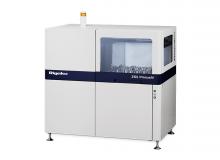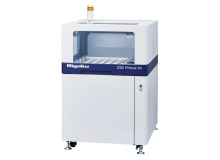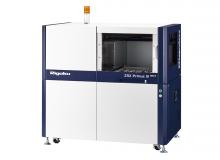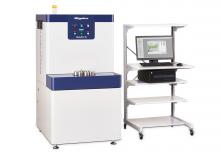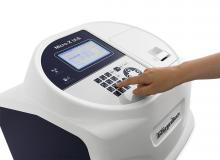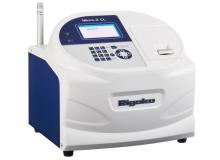Background
Alloy steel with chromium of alloying element added is called stainless steel. Its advantage is not to rust or corrode as easily as ordinary steel. There are over 150 grades of stainless steel, which have many applications such as cookware and major appliances. Alloy steels are generally produced using electric furnaces. The concentrations of elements in molten steel are controlled in the process of steel making, therefore rapid and accurate analysis of elemental compositions are required. As part of the control of the steel making process, analyses of slag and raw materials such as quicklime and ferroalloys are also required. X-ray fluorescence spectrometers are the most common analysis tools to analyze steel owing to rapid analysis and the ability to measure both bulk metal and powders. This application note describes stainless steel analysis using the ZSX PrimusIII+, which is optimized for process control.
WDXRF Products from Rigaku
Benchtop tube below sequential WDXRF spectrometer analyzes O through U in solids, liquids and powders
High power, tube above, sequential WDXRF spectrometer with new ZSX Guidance expert system software
High-power, tube-below, sequential WDXRF spectrometer with new ZSX Guidance expert system software
Affordable, high-end, tube-above Industrial WDXRF for the analysis of solid samples
High-throughput tube-above multi-channel simultaneous WDXRF spectrometer analyzes Be through U



